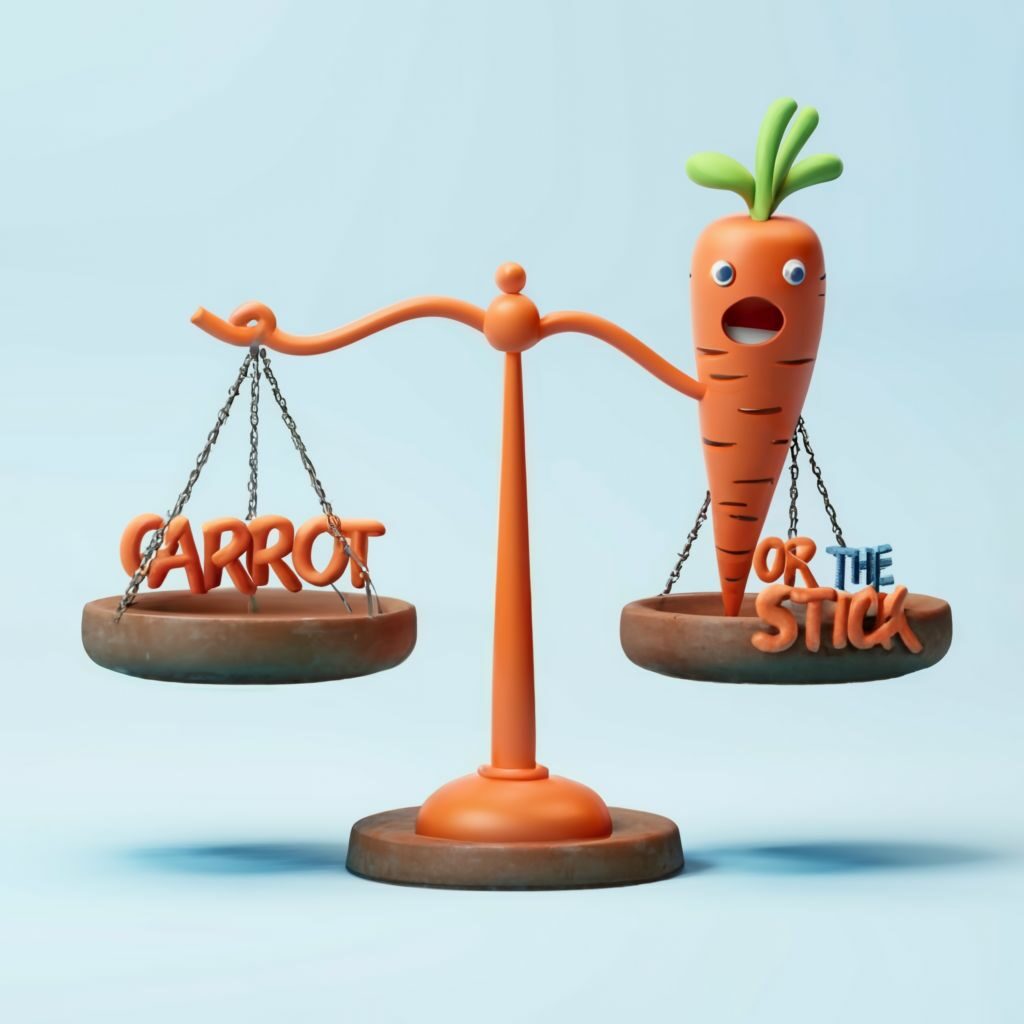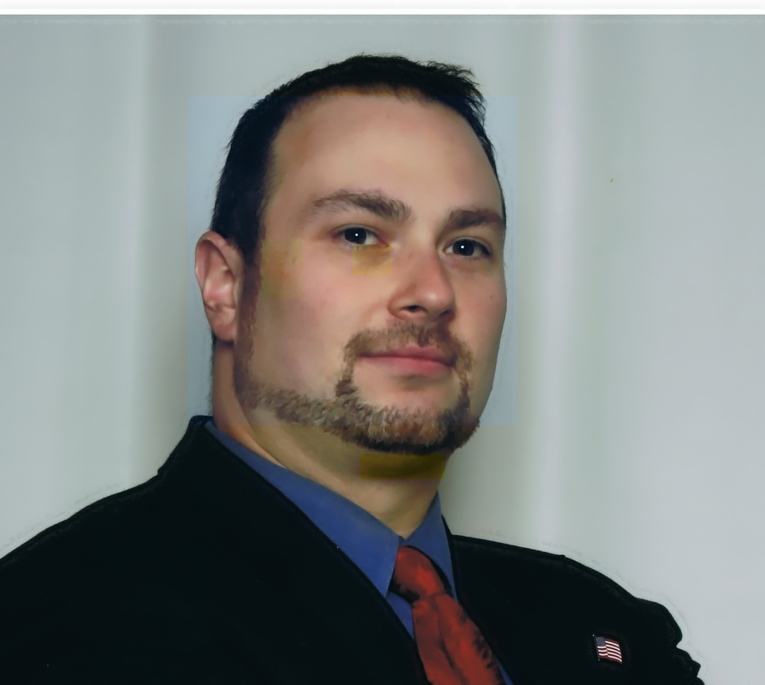
Plainly put: you can stop employee turnover and attrition with on-purpose recognition. Recognizing achievements fosters engagement and loyalty. Employee recognition goes far beyond the occasional gift card or plaque. Authentic appreciation that rewards magnificent work should be intrinsic to company culture. Recognition boils down to providing incentives. The key to nailing it is know what incentivizes your people. When you know what motivates them, you can tailor rewards based on individual preferences: experiential rewards for adventurous types, public praise for social ones, etc. Personalization feels more meaningful.
Before we jump into the practical tips (and we have a bunch), I really want to drive home the psychology of incentives and just how game-changing incentives [and disincentives] can be in an organization. Smart employers and HR executives leverage insights from behavioral science like loss aversion, social pressure, and reinforcement to maximize incentive efficacy.
Incentivizing the Right Behaviors in Employees
Research-backed insights are powerful. Findings indicate that strategic incentive programs to reinforce good habits and discourage problematic ones can significantly improve employee performance, engagement, and retention. We will provide real-world examples of successful initiatives, and offer actionable advice for business leaders looking to make a turnaround in their company.
Why Incentives Matter
Decades of studies in motivational psychology and behavioral economics reveal that people are driven by incentives and rewards (Gerhart & Fang, 2014). Both intrinsic motivators, such as purpose and autonomy, and extrinsic motivators, like compensation and benefits influence how employees spend their time and energy at work. While passion and meaning are essential, even the most engaged workers respond to external reinforcement. As the old adage goes, you get what you pay for.
Incentives act as signals - they communicate company priorities and highlight desired behaviors (Oyer, 1998). Providing incentives for certain results tells your team exactly what outcomes the organization rewards.
- Rewards tied directly to company values incite alignment with those values.
- A bonus for top sales performers motivates closing the deal.
- Flexible work arrangements that allow employees to balance life responsibilities inspire a culture that values results over control.
Additionally, incentives drive habit formation. Behavioral scientists find that we are more likely to repeat actions that have positive consequences (Thaler & Sunstein, 2008). [well, duh! You might say.] An incentive given each time an employee engages in a desired habit, like submitting expenses on time or attending trainings, reinforces that behavior. On the flip side, penalties for undesirable actions like making late expense reports wait 30 days for payout, can discourage those habits from forming.
Key Principles for Incentive Design
Effective incentive systems align rewards with business strategy and culture. Consider these best practices when structuring your company's incentive programs:
Incentivize Key Behaviors
The most successful incentive plans focus on 3-5 vital behaviors that drive organizational health and performance. Consider the variables in the examples:
A software firm might reward programmers for releasing defect-free code to incentivize quality. Alternatively, they could incentivize releasing the software ahead of schedule to incentivize efficiency. What is more important to your company? Pro-tip: these can change over time so don’t use a set-it-and-forget-it philosophy with your rewards programs!
A retailer could bonus store managers who meet their revenue targets which would drive sales. Or the retailer could incentivize positive social media feedback to drive customer service. Resist the urge to incentivize every possible positive habit. Instead, identify and reward the vital few that align with corporate goals.
Make Incentives Achievable
Incentive targets should stretch employees yet remain feasible (Locke & Latham, 2002). Impossible goals quickly demotivate, while easily achievable targets don't provide value to the company vis-à-vis the incentive. To set realistic objectives analyze and use historical performance.
For example, if the last three years saw the middle 30% of your sales force reach 20% increases in theor sales, a 5% goal isn’t going to help your company. But a 40% goal will just frustrate. an 8% increase over last year's sales figures could incentivize growth without crushing morale.
Reward Consistency
We already talked about creating habits through incentives. Habits form through consistency. Therefore, reward and encourage consistent behaviors and performance. Providing frequent reinforcement for desired actions is more effective than large, one-off rewards (Duhigg, 2012). Bonusing employees annually for high performance is actually less motivating than small weekly or monthly rewards for hitting or exceeding targets. Regular reinforcement reminds employees what matters.
This strategy can also push out employee’s plans. In many companies, for instance, employees wait for their annual bonus and then resign for another job. Smaller, more consistent rewards can keep employees from making big plans because they are always reaching for the next golden ring at your organization.

Get Creative
Monetary incentives like bonuses are effective, we all know this. But you should get creative about rewards too. There is a lot to be said for the unexpected and surprising events in an employee’s reward experience. Surprising rewards feel more personal and memorable.
Public recognition, extra vacation days, choice of assignments, leadership opportunities, selection for business trips, and selection for special trainings are all powerful motivators (Glassdoor, 2020). Unique experiential rewards like luxurious meals out or adventurous excursions can also excite employees.
Pro-tip: Whenever possible, rewards that affect and benefit the employee’s significant other can be an effective psychological motivator. Paid vacations, restaurant gift cards, or invitations to select employees’ families for big company events where the employee will be recognized.
Disincentivize Unwanted Behaviors
Don't forget sticks along with carrots. Institute real consequences for unwanted actions.
Penalizing undesirable actions is crucial - never just reward the good. You have to have an overall strategy. Institute consequences for chronic lateness, bypassing protocols, or technical work errors. Disincentives demonstrate certain behaviors will not be tolerated. Be cautious though - heavy-handed penalties can breed resentment (Kohn, 1993). Mild, swiftly administered consequences work best.
A word of caution for dis-incentivization: Be careful of what you use as penalties. Adverse employment actions like termination, demotion, bad assignments, etc. can be discriminatory or perceived as discrimination in the wrong circumstances. I may be prejudiced, but I recommend finding a good human resources consulting firm like My Virtual HR Director to help guide you safely.

Praise should still outweigh criticism.
Effective employee motivation requires more positive feedback than negative.
Pro-tip: Strive for at least a 5:1 ratio of praise to criticism.
Recognition gives good employees a sense of value and belonging. Criticism, while often necessary, can discourage engagement. Ensure negative feedback is constructive with a prescribed path for improvement.
Incentivize Good Actors
Avoid rewarding problem performers alongside your star players. Providing the same bonuses to those who barely hit quota as your top sellers breeds cynicism and reduces motivation (Wasserman, 2012). Reserve special incentives and recognition for those who consistently excel. Top talent wants to be valued accordingly.
This may seem intuitive, but poorly designed rewards programs can backfire. Pro-tip: Add multiple performance thresholds to incentive programs. As an example, a disclaimer like this will help: Employees must be in good standing and not on an active performance plan or in a current disciplinary action in order to receive rewards in this plan.
Now let's explore real-world examples of how leading organizations effectively incentivize employee behaviors.
Turnover Killing Real-World Examples
Incentivizing Quality |
|
Software firms live and die by the quality of their code. Undetected defects lead to costly outages and security issues down the road. MABL, an automated testing platform, struggled with developers taking risky shortcuts under pressure to deliver. They decided to incentivize rigorous testing and review practices with a simple gamified program called "The Hunt for Red Bugs." Developers earn points for thoroughly vetting code, attending code reviews, and finding defects before release. The engineer who racks up the most points each month wins a $500 bonus. MABL has seen a significant drop in post-production bugs and outages since launching the program (Casey, 2022). Gamification helped incentivize vital quality assurance habits. |
Driving Referrals |
|
Referral bonuses are a common practice, but outdoor retailer REI used behavioral science to turbocharge their program. REI analyzed five years of referral data and found employees with the most social connections brought in better candidates. However, introverted staff with smaller networks rarely made referrals. To incentivize all employees to refer quality candidates, REI shifted from rewarding only hired candidates to bonuses for both qualified applicants and hires. Smaller $250 bonuses for successful applicants gave extroverts and introverts equal opportunity to participate. REI also gave referring employees a small gift card whenever one of their referrals was interviewed, further reinforcing the behavior. By incentivizing the simple act of making quality referrals, REI drove a 669% increase in applicants referred per employee (Gallo, 2016). Their program now unlocks the social networks of their entire workforce. |
Boosting Training Completion |
|
Technology consultancy CI&T struggled with completion rates for internal skills training programs. While engineers signed up eagerly, few employees finished all modules. Completion was vital for consultants to provide quality solutions to clients. To incentivize seeing courses through, CI&T instituted leaderboards displaying percentage of trainings finished for each employee. The platform allowed employees to check their progress and compare themselves to others. Employees who completed over 75% of trainings earned a "CI&T Certified" designation on their resumes and profiles. Public accountability through leaderboards and social recognition for high completion drove a 37% increase in employees finishing programs (Murphy, 2022). CI&T successfully gamified learning to incentivize vital skill development. |
As these examples demonstrate, thoughtfully designed incentives that reward the right habits deliver tremendous value.
Practical Recognition Concepts
Reward the process not just the outcome.
While outcomes are a focus as we have discussed, when designing an employee rewards program, it's important not to focus solely on outcomes. The process that employees follow to achieve results can also create important behaviors and deserves recognition. Recognize incremental progress to motivate continuous improvement.
Rewarding efforts made along the way, not just end goals met, reinforces desired behaviors. It shows employees their hard work is valued at every step. Small wins should be praised, not just big achievements. This approach to employee recognition can improve retention and reduce turnover.
Values matter to employees
There is a whole new generation in the workforce that accepts jobs based on the employer’s reputation and social responsibility. Don’t overlook values in the workplace.
Pro-tip: Allow employees to reward each other when they recognize your core values in their actions.
Connecting rewards to company values increases their impact. Employees see their work as meaningful when it aligns with core principles. Enable peer-to-peer recognition tied to values. When employees exhibit behaviors that reflect shared values, let them highlight colleagues’ actions. This fosters an ethical culture. It also builds camaraderie and ownership of values. Make it easy for employees to recognize co-workers’ values-driven behavior through online platforms, small rewards, and public praise. Peer recognition programs improve employee engagement and connection to company values.
Manage the rewards process to ensure managers recognize in consistent and meaningful ways.
"As an HR practitioner I have seen too many companies that set up a rewards program and then it never gets used. Public recognition forums are silent and rewards go undistributed for long swaths of time."
The rewarding process must be standardized across the organization. Ensure managers are trained on giving timely, appropriate recognition. Create clear guidelines on eligibility criteria, nomination processes, and prize options. Then make distribution and use of the system part of the managers’ performance reviews.
Standardization prevents favoritism and inconsistent practices between departments. You should still allow some flexibility on recognition methods to suit different employee motivations. Managers should know their employees best and what motivates them.
Confirm rewards are being utilized and constantly ping managers to do so. Ongoing oversight of the recognition process is key to keeping it fair, engaging and impactful. HR consultants can help design and implement effective employee recognition programs.
Implement These Today
In summary, and based on real research, here are my top practical recommendations for leaders looking to optimize their incentive programs:
- Involve frontline supervisors in determining vital behaviors to incentivize. They know day-to-day habits that drive performance.
- Use small, frequent rewards rather than occasional large payouts. Consistency is key for habit formation.
- Try unexpected, experiential rewards along with compensation. Unique adventures can excite employees.
- Use gamification elements like points, levels, competition and recognition to motivate engagement.
- Make recognition timely and values-based. Thank employees as achievements happen, tying praise to demonstrated competencies.
- Let peers recognize each other. Peer validation often means more than top-down programs alone. Enable grassroots social recognition. Pro-tip: Allow employees to reward each other when they recognize your core values in their actions.
- Use rituals and events like awards ceremonies to reinforce accomplishments publicly. But keep programs fun and informal.
- Focus on milestones, not just major achievements. Recognize work anniversaries, completed training programs, team tenures, etc.
- Get creative. Unique rewards like choosing fun office perks, naming conference rooms, shoutout videos from executives, or mid-week paid time off feel special.
- Automate triggers for routine recognitions like birthday messages. Thoughtful touches shouldn't rely on busy managers alone.
The common thread is making employees feel truly seen and valued. Appreciation strengthens bonds and fuels retention. Recognition done right inspires people to keep excelling and advancing your organization.
Remember, the key is incentivizing habits over outcomes. With the right incentives, your employees will develop the behaviors that lead to desired results. Reward systems that reinforce strategic priorities and core values help focus employees’ day-to-day actions that matter most. The organizational habits you incentivize today become the competitive differentiators of tomorrow.
Table Of Contents
Article Home - Our Ultimate Guide To Reduce Employee Turnover and Increase Retention
TOC - Visit our Table of Contents Page for this engaging and dynamic series of informative articles about Employee Turnover compiled by our expert human resource consultants.
Sources
The sources and end notes for the main article, this article, and all of the sub-pages is listed below. All information is used under the Fair-Use.
